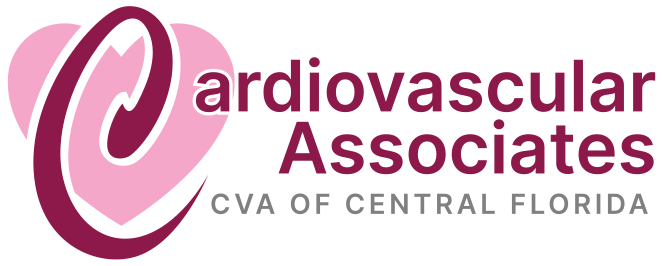Angioplasty & Stenting
What is Angioplasty & Stenting?
Angioplasty alleviates severe obstructions of the heart arteries, which most commonly result from atherosclerosis, or plaque buildup within the heart arteries. A catheter with a small deflated balloon is threaded to the blocked artery segment. The balloon inflates, pushing plaque outward and widening the passage for improved blood flow to the heart muscle.
After access is established, a stent - a tiny mesh tube - is implanted in the newly opened artery. The stent acts as a scaffold to prop the artery open after the balloon is deflated. This provides long-term support to maintain blood flow and prevent re-narrowing.
Together, balloon angioplasty and intracoronary stent placement offer a targeted solution to reopen restricted heart arteries, restore circulation, relieve symptoms, and, in many cases, reduce the future risk of heart attack. This breakthrough procedure has made heart disease treatment far less invasive.
Risks & Benefits of Angioplasty & Stenting
While every medical procedure carries some degree of risk, the benefits of angioplasty & stenting shine brightly in the context of improved heart health, enhanced well-being, and extended life expectancy. It's important to recognize how these benefits can significantly enhance your life while understanding and managing the potential risks.
Benefits of Angioplasty & Stenting
- Enhanced blood flow
Angioplasty and stenting can help to restore healthy blood flow to the heart muscle. This can relieve chest pain and reduce the risk of heart attack. - Minimally invasive
Angioplasty and stenting are minimally invasive procedures, which means that they can be performed through a small incision. This results in a shorter recovery time and less scarring than traditional open-heart surgery. - Quick recovery
Many patients are able to resume normal activities within a few days of having angioplasty or stenting. - Reduced hospital stay
Angioplasty and stenting can be performed as outpatient procedures, which means that patients can go home the same day.
Risks of Angioplasty & Stenting
- Bleeding and hematoma
As with any procedure involving catheter insertion, there is a risk of bleeding at the incision site or the development of a hematoma (a collection of blood). - Arterial damage
The catheterization process may cause damage to the artery, leading to a tear or dissection. While rare, this can potentially result in a need for additional intervention. - Blood clots and restenosis
In some cases, blood clots can form at the stent site, leading to restenosis (re-narrowing) of the artery. This may require additional procedures. - Allergic reactions
Some patients may experience allergic reactions to contrast dye used during the procedure, although severe reactions are rare. - Infection
Infections at the insertion site or around the stent are possible but relatively uncommon. - Stroke
There is a very small risk of stroke with this procedure.
What to Expect Before, During, and After Angioplasty & Stenting
Angioplasty & stenting is typically performed in a specialized catheterization lab. You will receive local anesthesia to numb the insertion site. A catheter will be carefully guided to the blocked artery, and the balloon will be inflated to open the artery. If a stent is required, it will be placed during this process.
Following the procedure, you will be monitored to ensure your stability. You may experience some mild discomfort or soreness at the insertion site, which is normal and manageable. Most patients can resume their daily activities within a short time frame. Here are a few things to keep in mind post-procedure:
- You will be advised to elevate your arm to help reduce swelling at the insertion site.
- You should avoid strenuous activity for a few days.
- You will be prescribed medications to help prevent blood clots and reduce inflammation.
- You must keep the incision site clean and dry, and let your cardiovascular specialist know if you notice any redness, swelling, or bleeding.
Am I a Candidate for Angioplasty & Stenting?
Whether you are a candidate for angioplasty and stenting depends on a number of factors, including:
- Your diagnosis
If you have been diagnosed with coronary artery disease (CAD) with a severe blockage in one or more of your heart arteries, you may be a candidate for angioplasty and stenting. - Your symptoms
If you experience chest pain (angina) that is not relieved by medication or lifestyle changes, you may be a candidate for angioplasty and stenting. - Your response to medication
If you have not responded well to medication for CAD, you may be a candidate for angioplasty and stenting. - Your risk of heart attack
If you are at high risk of having a heart attack, you may be a candidate for angioplasty and stenting. - Your overall health
Your overall health and medical history will also be considered when determining if you are a candidate for angioplasty and stenting.
Restore Blood Flow with Angioplasty and Stenting
Photo Gallery
Video Gallery
Testimonials
Photo Gallery
Get To Know Our Cardiologists
In Search of Care? Request a Consultation Today




